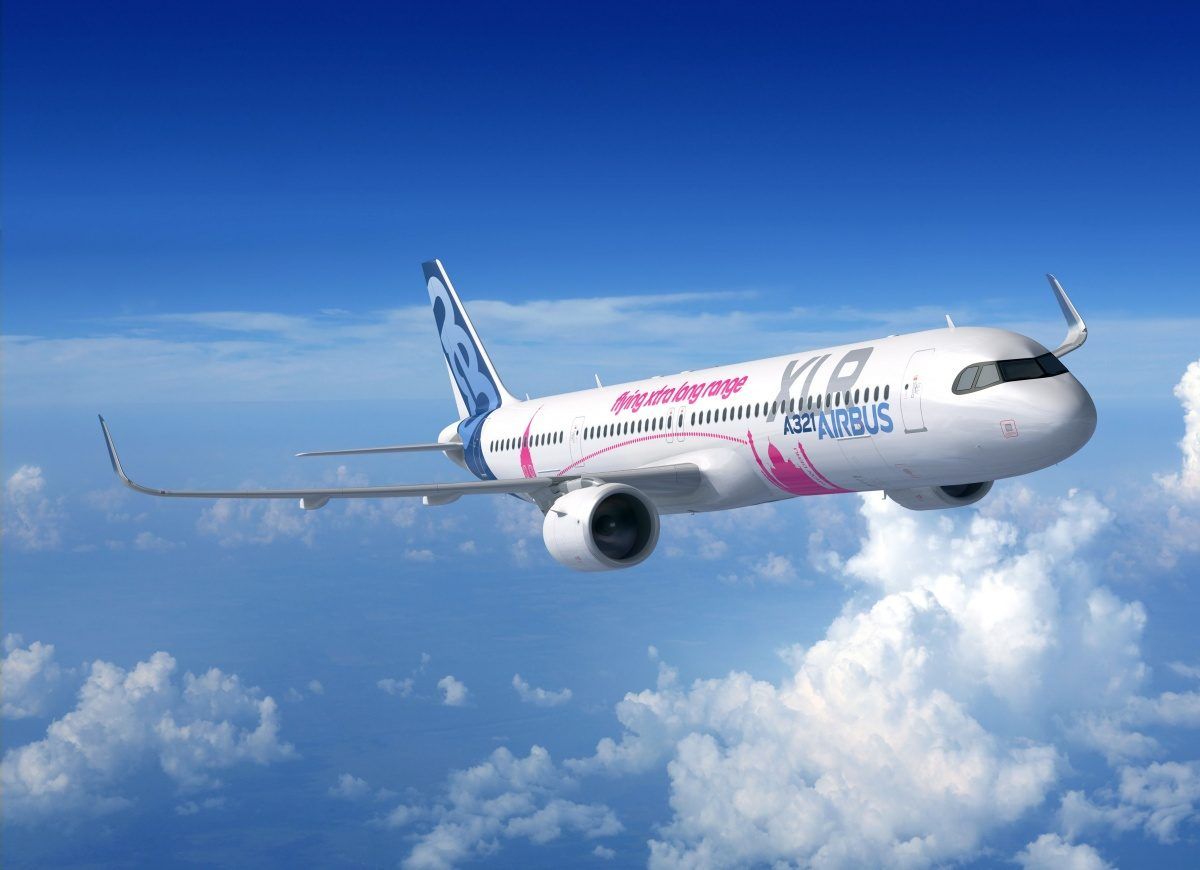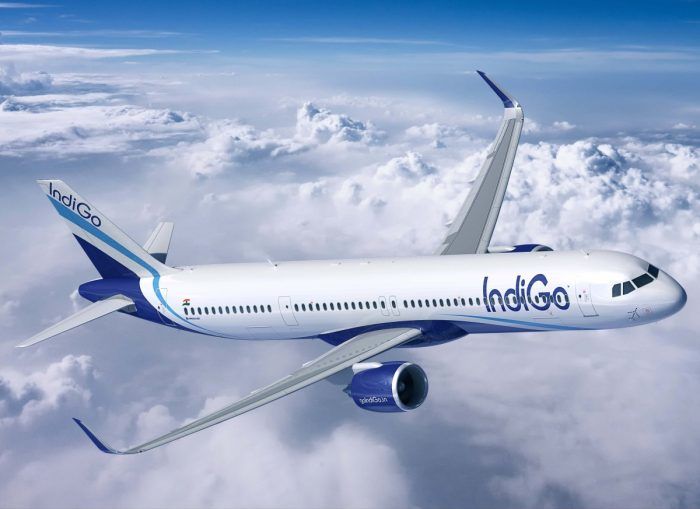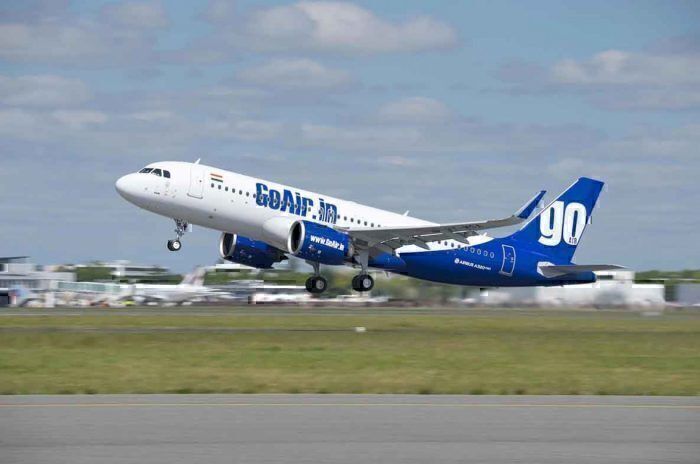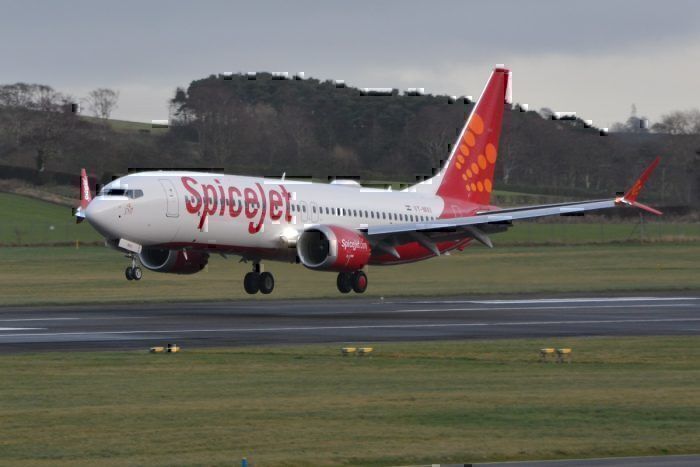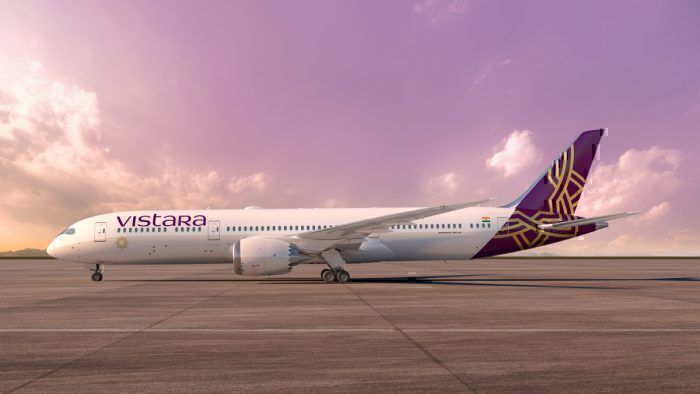According to an analysis published by Airbus, India will require nearly 2,000 new aircraft in the next 18 years. The number is nearly quadruple India's current total. Moreover, nearly 20% of these new planes could be widebody aircraft, a significant rise from today.
India's growth story continues
While 2020 has been a bleak year for aviation, with the MAX groundings dragging on and the coronavirus outbreak stunting demand for travel, India remains a bright spot. According to Airbus' projections, India will need 1,880 new aircraft in the next two decades.
1,440 will be new additions, while 440 will serve as replacements for retiring aircraft. This means Airbus believes India will be home to 1,950 aircraft by 2038. Around 20% of the new aircraft will be widebodies, a sharp rise from the roughly 10% of aircraft of this type today.
Anand Stanley, President and Managing Director of Airbus India and South Asia, said at a conference in Hyderabad that Airbus delivered one aircraft a week to India in 2019 and is on track for the same in 2020. India has also become an integral part of Airbus' supply chain, with every Airbus aircraft needing a component or design element sourced from the nation. Airbus will double its volume sourced from India to nearly $1bn worth by 2025.
What's driving this huge growth?
The main factor behind such tremendous growth in India is the emergence of a larger middle class. Airbus expects that nearly a billion Indians will be part of the middle class by 2038. The figure today stands at about 540 million.
With this growth, Airbus expects more per capita travel as well. With more wealth among Indians, 20% of the population are expected to begin flying in 2038, double that of today. India's growing population and economy are the key factors boosting the industry for decades to come.
The 20-year growth rate for the Indian market is projected to be 7.7%, nearly double the overall global market rate of 4.3%. With such a high growth rate, Airbus is eyeing huge aircraft orders.
Currently, Airbus has a backlog of 730 aircraft from Indian carriers, primarily for its A320 family of aircraft. This backlog will only rise as more airlines place orders for newer jets like the A321XLR and A321neo. The A321XLR could be a game-changer for the Indian market, allowing low-cost carriers to fly to Europe on narrowbody aircraft.
Who will lead the market: Boeing or Airbus?
Currently, Airbus holds a huge lead over Boeing in terms of narrowbody aircraft operating in India as well as planes on order. Narrowbody aircraft make up 90% of India's commercial planes, and this isn't set to change. There are many reasons for this; firstly, the grounding of the 737 MAX, and secondly the collapse of Jet Airways, third is the popularity of the A320 family, and lastly is Airbus' recent technology developments.
The grounding of the 737 MAX saw SpiceJet, its sole operator, forced to cut flights and miss fleet expansion targets. It also widened the deficit between the 737 and the A320 in India, the latter of which was being delivered at the rate of one a week. SpiceJet has ordered upwards of 200 more MAX aircraft but, with deliveries suspended, the airline has been forced to sign expensive lease contracts instead.
The collapse of Jet Airways only added to the woes of Boeing. Jet Airways operated the most 737s in India at the time of its collapse. It had also placed an order for a whopping 225 737 MAXs, which would've significantly dented Airbus' lead with its A320. The fall of Jet meant that Boeing was suddenly only left with only one major carrier operating its planes.
Another reason for Airbus' lead is the A320's runaway popularity. It all began in 2006 when IndiGo signed a deal for 100 A320s, the largest order in aviation history. IndiGo has since then grown to become the country's largest carrier and with it ordered hundreds of more planes from Airbus for its A320-exclusive fleet.
GoAir is another carrier that exclusively operates A320s and continues to order more. Airbus has also updated the A320 to become more efficient. The launch of the A320neo saw many carriers switch to the more efficient plane and order it in droves. The A321XLR is poised to do the same, allowing low-cost carriers to fly to Europe on narrowbody aircraft for the first time.
This investment in aircraft technology has attracted more customers to Airbus compared to the beleaguered Boeing. With a combination of luck and planning, Airbus managed to become the center of India's low-cost carrier boom and aviation growth.
What about the widebodies?
However, with widebody planes set to grow to 20% in the next two decades, Boeing is at an advantage. Currently, only two airlines have ordered widebody aircraft: Air India and Vistara. Air India operates a fleet of over 40 787s, 777s, and 747s. Vistara recently inducted it's first 787 and has a firm order for five more and four options. Boeing effectively has a monopoly over the Indian widebody market.
With Air India set to privatize soon, we could see more aircraft orders in the future. Vistara too is set to begin long-haul operations in a market that has very little competition, meaning it too could order more planes. No other carrier has revealed any plans to order widebody aircraft. While widebodies are still in the minority in India, Boeing will hope to profit from its strong position.
As things stand today, Airbus will be leading the market for the next 5 to 10 years at least. Boeing can only hope to start delivering the MAX fast enough to catch up, and could benefit when it announces a new jet to compete with the A321XLR. But, by then, Airbus' narrowbody lead might be insurmountable.
The future may not be so rosy
While Airbus does believe India is the next big thing, the situation could change quickly. India has suffered from a faltering economy for the last year or so, and the current travel climate has put significant pressure on airlines. If India's growth slows down, we could see a sharp drop in aircraft deliveries and subsequent growth. The next few years, especially 2020, will be crucial for India to increase its growth rate to meet projections such as this.

